Framework for Voluntary Carbon Market in Agriculture Sector (Down To Earth)
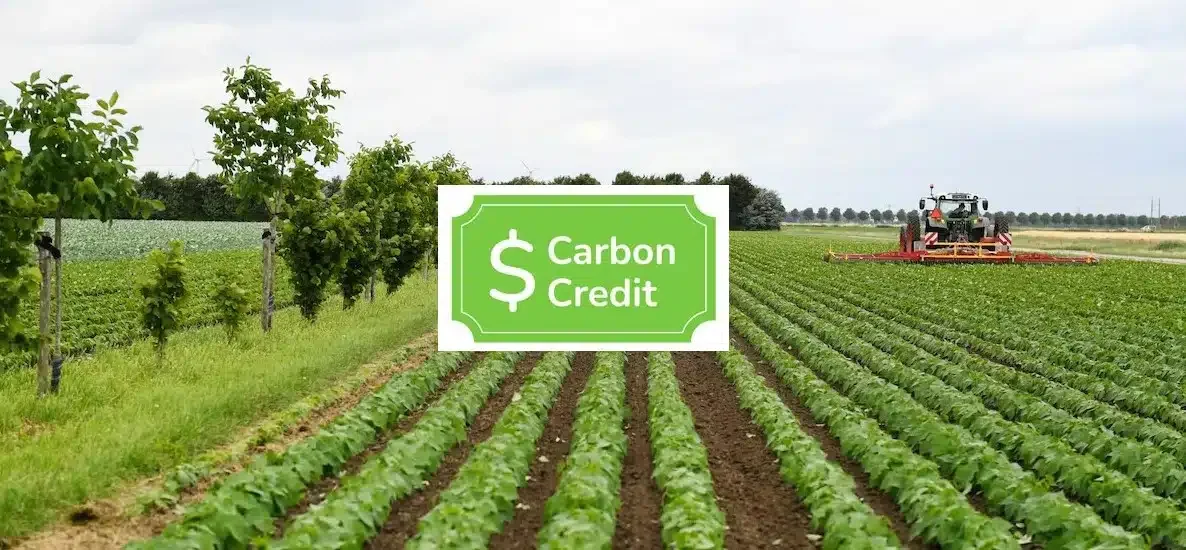
- 30 Jan 2024
Why is it in the News?
The central government recently launched a framework to promote voluntary carbon markets in the agriculture sector.
What are Carbon Markets?
- Carbon markets are trading systems in which carbon credits are sold and bought.
- Companies or individuals can use carbon markets to compensate for their greenhouse gas emissions by purchasing carbon credits from entities that remove or reduce greenhouse gas emissions.
- One tradable carbon credit equals one tonne of carbon dioxide or the equivalent amount of a different greenhouse gas reduced, sequestered or avoided.
- When a credit is used to reduce, sequester, or avoid emissions, it becomes an offset and is no longer tradable.
Why are Carbon Markets Important?
- Scientists warn that 2°C of warming will be exceeded during the 21st century unless we achieve deep reductions in GHG emissions now.
- Effective action will require concerted and sufficient investment, knowing also that the costs of inaction will be far higher.
- The latest IPCC report finds all countries are falling way short, with financial flows three to six times lower than levels needed by 2030 – and even starker differences in some regions of the world.
- Many countries are turning to carbon markets as a key component in driving and financing the necessary transformation to tackle the climate crisis.
How Many Types of Carbon Markets Are There?
- There are broadly two types of carbon markets: compliance and voluntary.
- Compliance markets are created as a result of any national, regional and/or international policy or regulatory requirement.
- Voluntary carbon markets (VCM)– national and international – refer to the issuance, buying and selling of carbon credits, on a voluntary basis.
- The current supply of voluntary carbon credits comes mostly from private entities that develop carbon projects, or governments that develop programs certified by carbon standards that generate emission reductions and/or removals.
Importance of Establishing a VCM Framework in the Agricultural Sector:
- Emission Concerns: Agriculture in India contributes approximately 15% of the nation's greenhouse gas emissions, highlighting the urgent need for mitigation strategies.
- Vulnerability: With around 50% of cultivated land being rainfed and more than 80% of farmers categorized as small or marginal, the sector is highly susceptible to the impacts of climate change.
- National Mission on Sustainable Agriculture (2010): This initiative focuses on promoting adaptation measures such as agroforestry, micro irrigation, and soil health management, which not only reduce emissions but also offer opportunities for carbon sequestration.
- Additional Income Opportunities: Through the implementation of these practices, farmers can potentially generate additional income streams.
'Maratha Military Landscapes' to be India's nomination for UNESCO World Heritage List for 2024-25 (The Hindu)
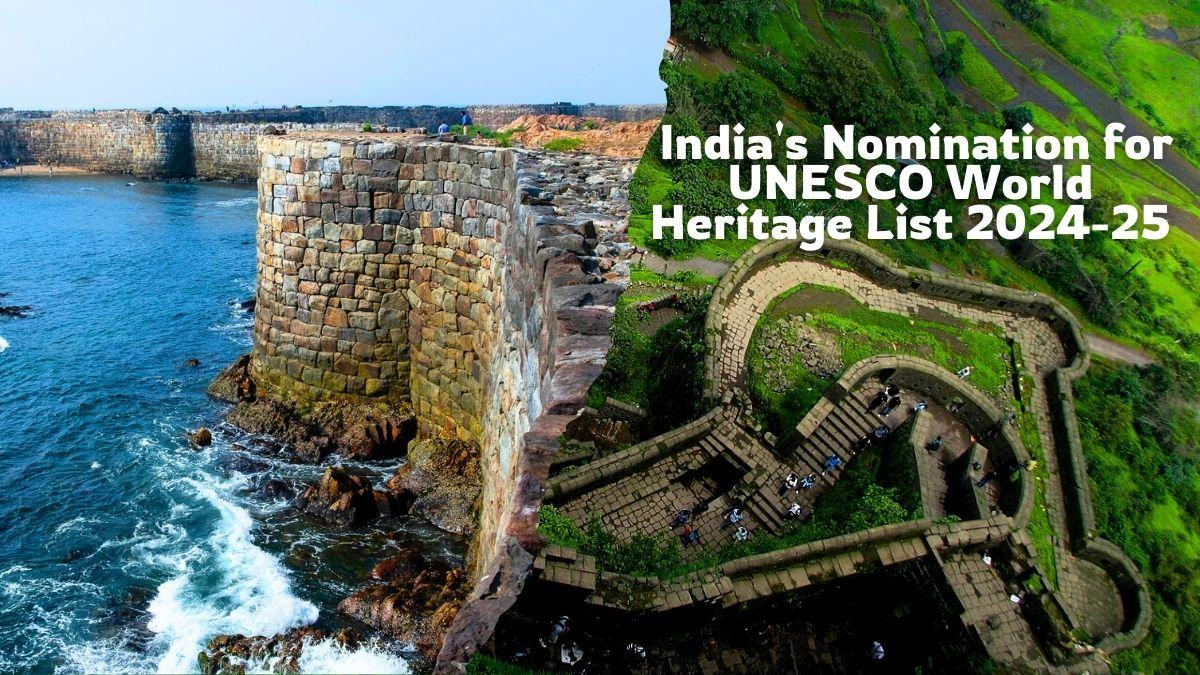
- 30 Jan 2024
Why is it in the News?
'Maratha Military Landscapes' representing extraordinary fortification and military system envisioned by the Maratha rulers will be India's nomination for inclusion in the UNESCO World Heritage List for the 2024-25 cycle, the Culture Ministry said on January 29.
About Maratha Military Landscapes:
- Developed between the 17th and 19th centuries, the nomination comprises the 12 components of Salher Fort, Shivneri Fort, Lohgad, Khanderi Fort, Raigad, Rajgad, Pratapgad, Suvarnadurg, Panhala Fort, Vijaydurg, Sindhudurg in Maharashtra, and Gingee Fort in Tamil Nadu.
- These components are strategically distributed across diverse geographical and physiographic regions, highlighting the military prowess of the Maratha rule.
- The landscapes showcase the integration of landscape, terrain, and physiographic characteristics distinctive to the Sahyadri mountain ranges, the Konkan Coast, the Deccan Plateau, and the Eastern Ghats in the Indian Peninsula.
- Out of the more than 390 forts in Maharashtra, only 12 have been chosen under the 'Maratha Military Landscapes of India'.
- The inception of the Maratha Military ideology dates back to the 17th century during the reign of the Maratha King Chhatrapati Shivaji Maharaj, continuing through subsequent rules until the Peshwa rule of 1818 CE.
UNESCO Nomination Criteria:
- There are two categories of nomination- cultural and natural criteria.
- The Maratha Military Landscapes is nominated under cultural criteria.
- To fulfil this criterion, a site should bear unique testimony to cultural tradition, it should be an outstanding example of a type of building, architectural or technological ensemble, or landscape that illustrates significant stage(s) in human history and it should be directly or tangibly associated with events or living traditions, ideas or beliefs, artistic and literary works of outstanding universal significance.
World Heritage Sites In India:
- India presently boasts 42 World Heritage sites, with 34 cultural sites, 7 natural sites, and 1 mixed site.
- Maharashtra alone has six World Heritage Sites including:
- The Ajanta Caves
- Ellora Caves
- Elephanta Caves
- Chhatrapati Shivaji Maharaj Terminus
- Victorian Gothic and Art Deco Ensembles of Mumbai, and
- The Western Ghats (a natural site)
Tentative List Recognition:
- The Maratha Military Landscapes of India, included in the Tentative List of World Heritage sites in 2021, is the sixth cultural property nominated for inclusion in the World Heritage List from Maharashtra.
Govt Brings Non-urea Fertilisers Under Price Control (Indian Express)
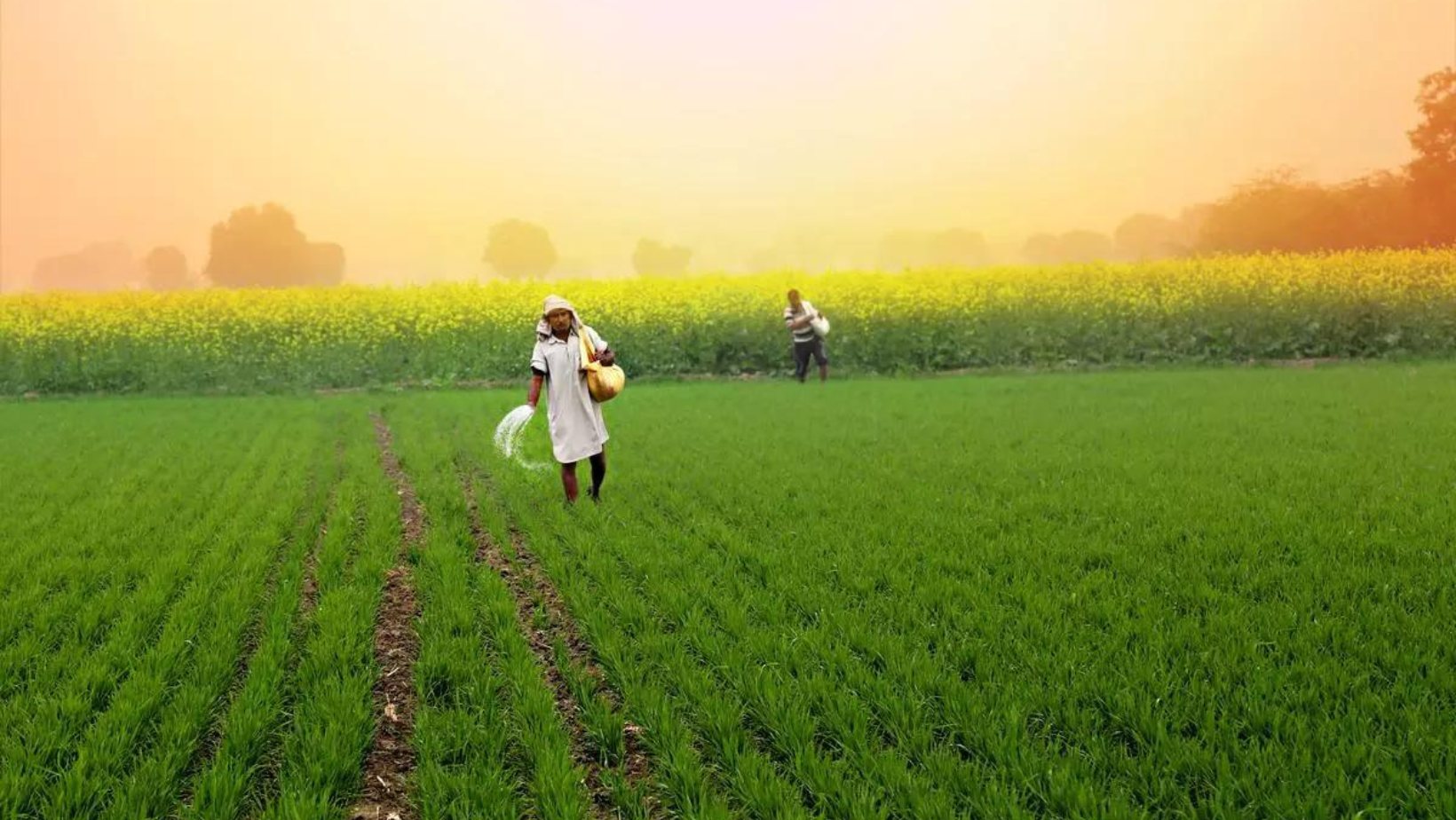
- 30 Jan 2024
Why is it in the News?
The Modi government has brought di-ammonium phosphate (DAP), muriate of potash (MOP) and all other fertilisers that receive nutrient-based subsidy (NBS) support under “reasonable pricing” controls.
What is the Central Government's Decision on Non-Urea Fertilizers?
- The Department of Fertilisers (DoF) under the Ministry of Chemicals & Fertilisers has issued comprehensive guidelines for assessing the fairness of Maximum Retail Prices (MRPs) for all non-urea fertilisers covered by the Nutrient Based Subsidy (NBS) scheme.
- Effective from April 1, 2023, these guidelines set maximum allowable profit margins for different types of fertilizer companies: 8% for importers, 10% for manufacturers, and 12% for integrated manufacturers.
- Companies deemed to be earning excessive profits beyond these thresholds during a financial year (April-March) are required to reimburse the surplus to the DoF by October 10 of the following fiscal year.
- Failure to comply within the specified timeframe will result in the imposition of a 12% per annum interest rate on the refund amount, calculated from the day after the end of the financial year.
- Any unreasonable profits will be deducted from future fertilizer subsidy payments by the government.
How will Companies Unreasonable Profit be Determined?
- Fertilizer companies are required to conduct a self-assessment of unreasonable profits, using cost auditor's reports and audited cost data approved by their board of directors.
- This information must be submitted to the Department of Fertilisers (DoF) by October 10 of the subsequent fiscal year.
- The DoF will then review the reasonableness of Maximum Retail Prices (MRPs) submitted by companies by February 28 for each completed previous financial year.
- Subsequently, it will prepare a report on any unreasonable profits earned and to be recovered from the companies.
Significance of the New DoF Guidelines:
- Non-urea fertilizers are already informally price-controlled, a measure expected to continue until the conclusion of the Lok Sabha elections.
- The new guidelines establish indirect MRP controls on non-urea fertilizers by limiting the profits companies can earn from their sales.
- These limits will be based on the total cost of sales, encompassing production or import costs, administrative overheads, selling and distribution expenses, as well as net interest and financing charges.
- Essentially, the new guidelines extend the detailed cost monitoring and price control regime currently applied to urea to other fertilizers.
What is the Nutrient Based Subsidy (NBS) Scheme?
- NBS fertilisers are technically decontrolled unlike urea, whose maximum retail price (MRP) is fixed by the government.
- Under the NBS scheme, introduced in April 2010, their MRPs are supposed to be market-determined and set by the individual companies selling them.
- The government merely pays a fixed per-tonne subsidy on each of these fertilisers, linked to their nutrient content or specific percentage of nitrogen (N), phosphorous (P), potassium (K) and sulphur (S).
- Unlike the previous system, where subsidies were product-specific, the NBS Scheme encourages balanced fertilization by discouraging excessive use of high-nutrient fertilizers like urea, DAP, and MOP.
- It aims to promote innovation in fertilizer products and encourages the use of complex fertilizers and single super phosphate to address nutrient imbalances.
- However, the scheme faced challenges as urea consumption increased significantly, leading to nutrient imbalances and subsequent failure.
Delhi HC Upholds Validity of Anti-profiteering Provision of CGST Act (TOI)
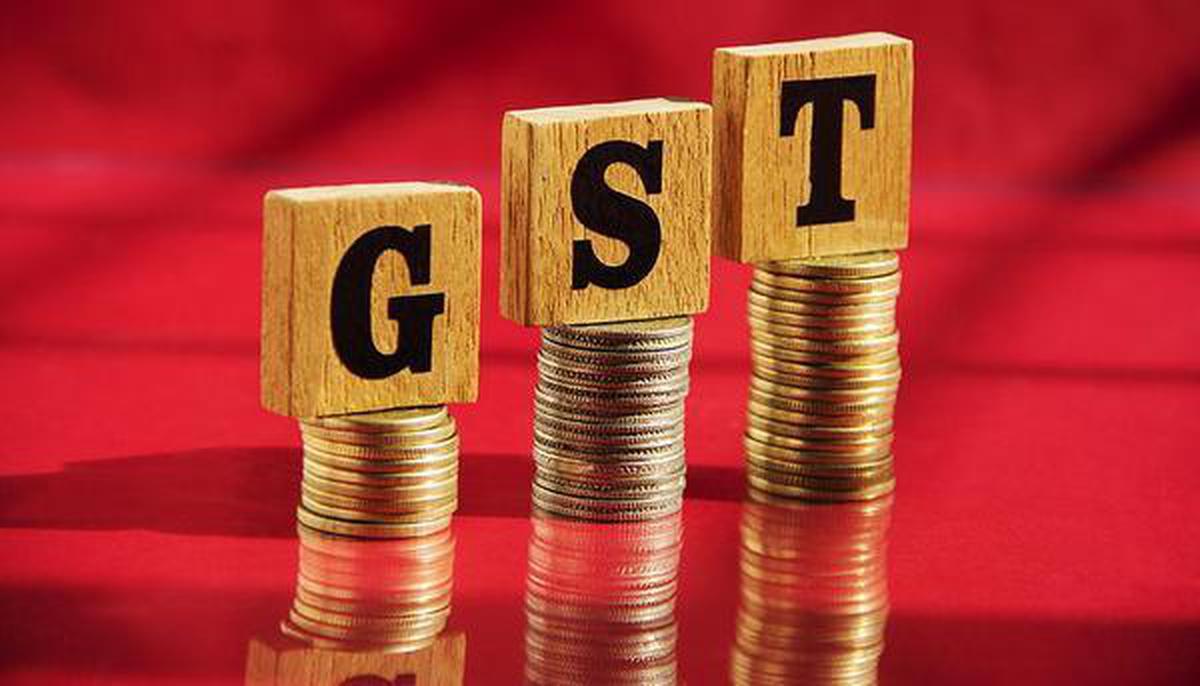
- 30 Jan 2024
Why is it in the News?
Delhi High Court has upheld the constitutional validity of the anti-profiteering clause in the GST law, which mandates companies to pass on the benefit of lower taxes and input tax credits to consumers.
What is an ‘Anti-profiteering’ Activity?
- Any reduction in the rate of GST tax on any supply of goods or services or the benefit of input tax credit should have been passed on to the recipient by way of a commensurate reduction in prices.
- The wilful action of not changing the final price of the good or service by various means, despite the reduction in the rate of the tax for that particular good or service, amounts to “profiteering”.
How is the Anti-profiteering Mechanism Under the CGST Act?
- CGST mandate a 3-tier structure for investigation and adjudication of the complaints regarding profiteering.
- a) National Anti-profiteering
- b) Authority Directorate General of Safeguards
- c) State-level screening committees and standing committee
How Does the Screening Committee and Standing Committee Work?
- GST council may constitute a standing committee, having members from both state and central government.
- Every state shall constitute one state-level screening committee.
- It will have one member from the state government and one member from the central government as nominated by the respective appropriate authority.
- The complaints or issues of local nature will be first examined by the screening committee.
- State-level screening and standing committee will examine the complaint and determine the prime facie evidence to support the validity of the complaint.
- If any committee satisfies that the supplier has contravened section 171 of the CGST Act, the case shall be transferred to DG Safeguards for further investigation.
- The committees shall complete the investigation within a period of a month from the date of the receipt of the application.
What is the Role of DG Safeguards in the Anti-profiteering Mechanism?
- DG safeguards are the main investigation arm in the anti-profiteering mechanism.
- It can summon the interested parties make inquiries or call the relevant documents.
- It can seek help from technical experts in the due course of investigation.
- DG Safeguards shall complete the investigation within a period of three months from the date of receipt of the report from either screening or standing committee.
- The period can be extended for another three months.
Who Can File the Complaint Against Profiteering?
- Any consumer or organisation experiencing a non-reduction in the price of the goods or service despite the reduction in the rate of GST can file a complaint with proper evidence.
- Any supplier, trader, wholesaler or retailer, who could not get the benefit of input tax credit on account of a reduction in the rate of GST, can also file the complaint with proper evidence.
Western Countries Halt UNRWA Funding Amid Gaza War (Indian Express)
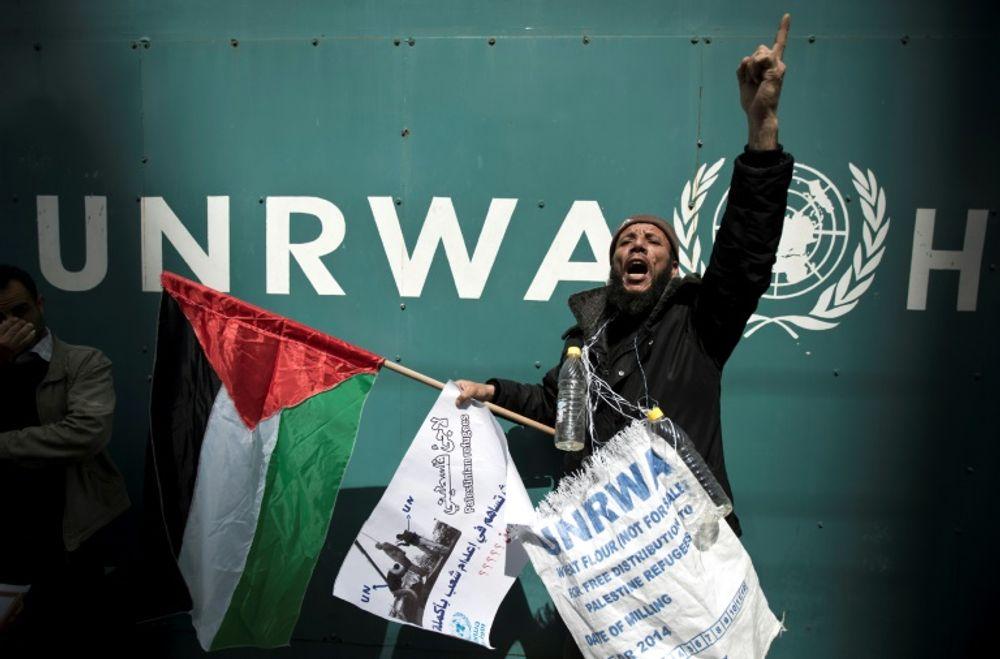
- 30 Jan 2024
Why is it in the News?
UN officials recently urged countries to reconsider their decision to suspend funding for UNRWA, promising strict action against any staff member implicated in Hamas’ October 7 attack on Israel.
Context:
- Recently UN officials urged countries to reconsider their decision to suspend the funding for the United Nations agency for Palestinian refugees (UNRWA).
- The agency highlighted that two million Palestinians in Gaza are dependent on UNRWA services.
- The US and eight other Western countries, which together provided more than half of UNRWA’s 2022 budget, cut the money after Israel accused some of the agency’s staff members of involvement in the October 7 attack.
What is the United Nations Refugee Agency for Palestinians (UNRWA)?
- UNRWA stands for UN Relief and Works Agency for Palestinian Refugees in the Near East.
- It was founded in 1949 to provide aid to about 700,000 Palestinians who were forced to leave their homes in what is now Israel during the 1948 Arab-Israeli war.
- The UN agency operates in Gaza and the Israeli-occupied West Bank, as well as Lebanon, Syria, and Jordan — countries where the refugees took shelter after their expulsion.
- It runs education, health, relief and social services, microfinance and emergency assistance programmes inside and outside refugee camps based in the aforementioned areas.
- Currently, around 5.9 million Palestine refugees — most of them are descendants of original refugees — access the agency’s services.
- Over 1 million are sheltering in UNRWA schools and other facilities in Gaza.
- Funding: UNRWA is funded almost entirely by voluntary contributions by donor states like the US.
- It also gets a limited subsidy from the UN, which is used only for administrative costs, the agency’s website said.
What has Israel accused UNRWA of?
- Israel has alleged that 12 staff members of UNRWA were involved in the October 7 attack.
- It has also claimed that Hamas siphons off funds given to UNRWA and fights from in and around the agency’s facilities.
- Israel has alleged that “Hamas tunnels (are) running next to or under UNRWA facilities and accuses the agency of teaching hatred of Israel in its schools.
How has UNRWA Responded?
- The UNRWA has denied all the allegations, saying it has no links to Hamas.
- In the statement, UN officials said out of 12 staff members who were accused of being involved in the attack, nine have been terminated.
- One is confirmed dead and the identity of the two others is being clarified.
What Happens Now?
- UNRWA is crucial for the survival of people living in Gaza, which has plunged into a humanitarian crisis after the outbreak of the conflict.
- The agency has been the main supplier of food, water and shelter to civilians of the enclave.
- UNRWA, however, would run out of money needed for its aid work within weeks if the funding isn’t restored.
